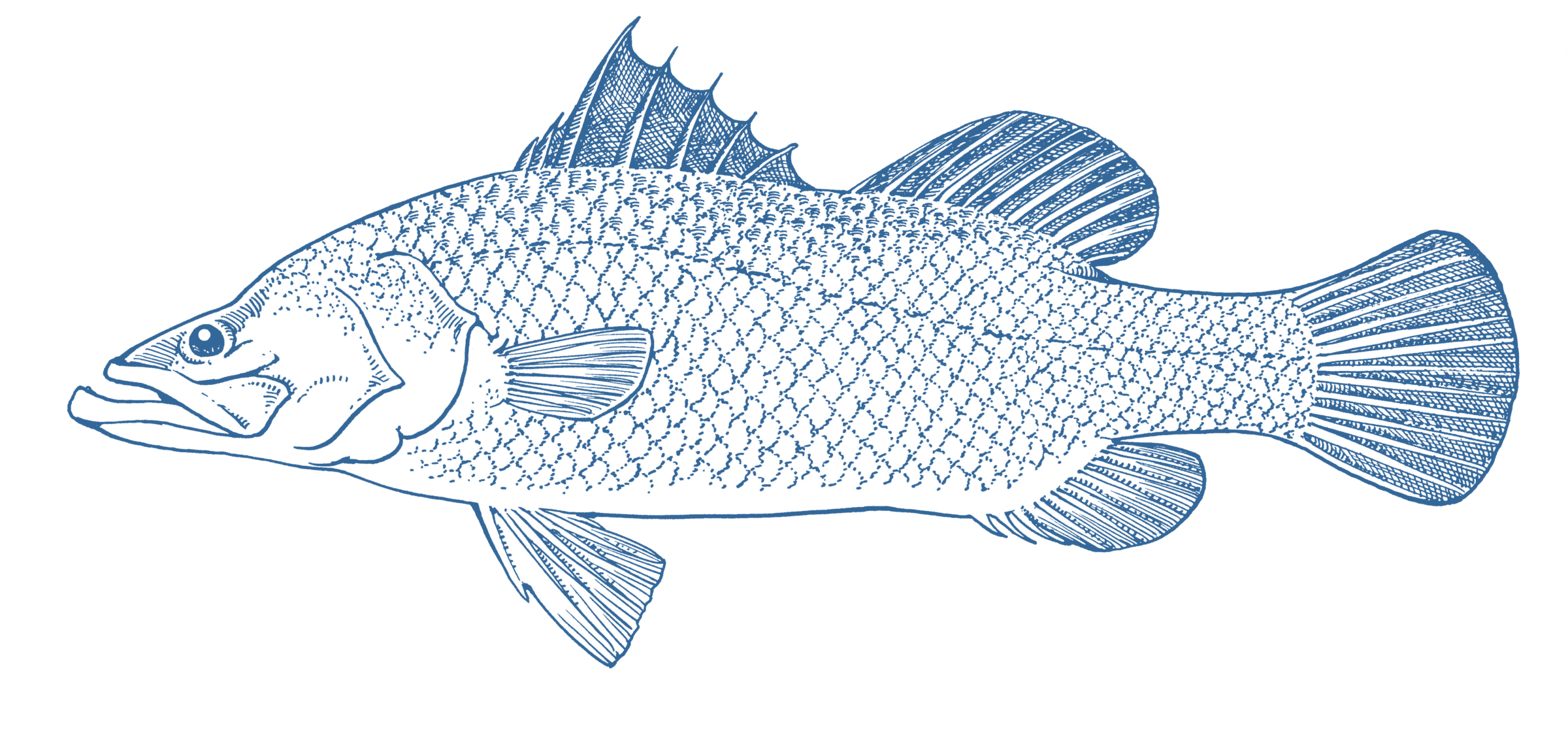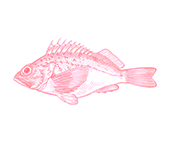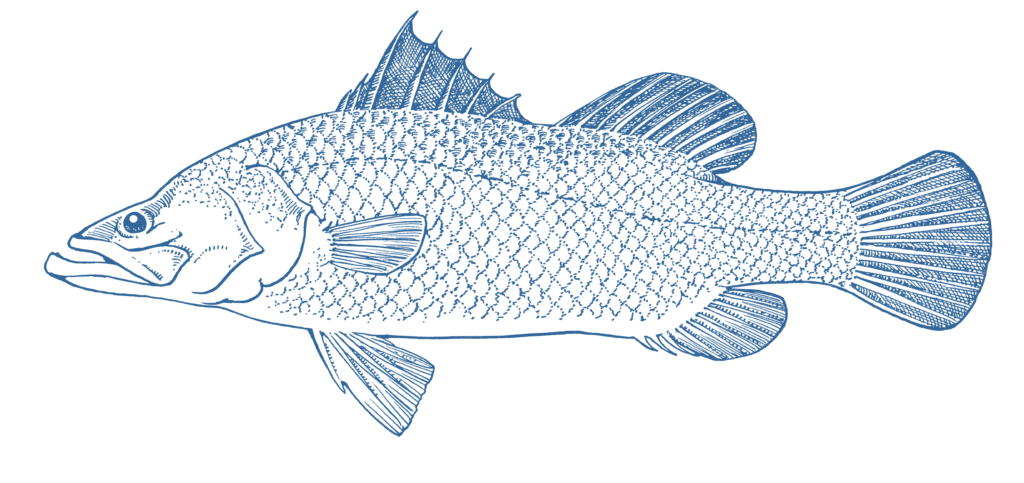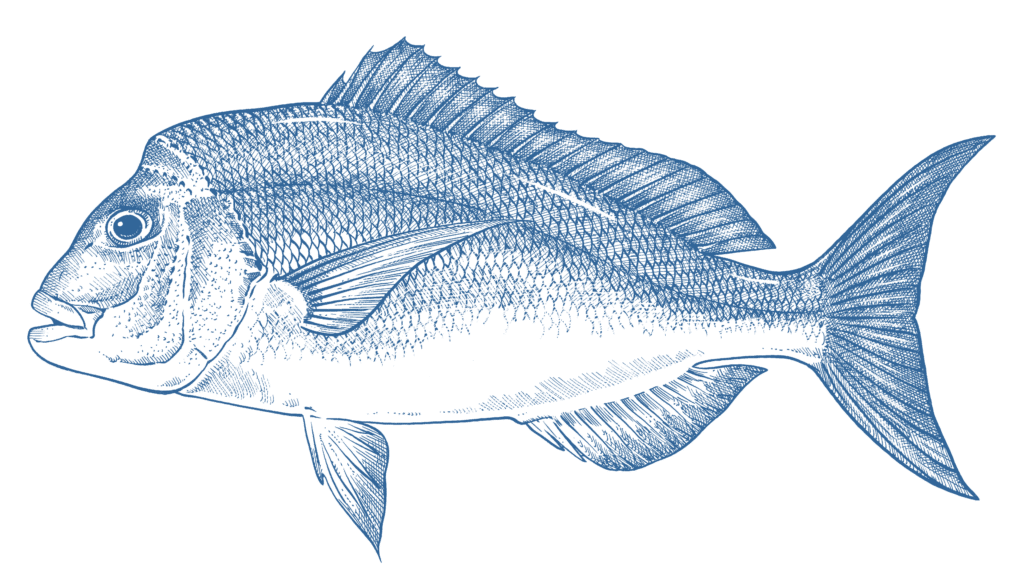




- Say No
Wild Caught
Region:
NT
- Barramundi are caught in commercial gillnet fisheries in coastal waters, estuaries and river mouths in QLD, WA and NT waters.
- Barramundi populations are healthy in the Northern Territory.
- This fishery catches a range of threatened species, including dolphins, dugongs, turtles, hammerhead sharks, and multiple species of critically endangered sawfish. There is a high risk that this fishery is impacting populations of some threatened species.
- Fisher reporting of threatened species bycatch is likely to seriously underestimate the impact of the fishery, and there are inadequate levels of independent scrutiny of bycatch levels in the fishery.
- Barramundi fishing has a relatively low physical impact, due to the resilience of shallow muddy coastal habitats where nets are deployed.
- Northern Territory Barramundi Fishery (276t in 2019)
Barramundi are a tropical predatory fish found throughout the coastal areas of the tropical Indo-West Pacific.
Barramundi can live in both fresh and saltwater, maturing upstream before migrating to estuaries and coastal waters to spawn. Because of their fresh-saltwater spawning cycle, Barramundi populations are highly dependent on rainfall in the wet season.
Barramundi are targeted using gillnets deployed on the seafloor in coastal and estuarine waters.
Though updated, published information is not available for this fishery, all accessible information suggests that Barramundi populations are healthy and stable.
Given the indiscriminate nature of the gillnet fishing methods used, barramundi fisheries have high levels of bycatch. The NT Barramundi Fishery is known to catch a wide variety of threatened and protected species, such as dolphins, turtles, northern river and scalloped hammerhead sharks, and dugongs.
The likely levels of bycatch in this fishery have a high potential to be causing declines of endangered sawfish populations.
Despite an effort to improve reporting, an independent monitoring project started in 2018 was largely inadequate with findings unpublished to date and reporting remains unreliable.




